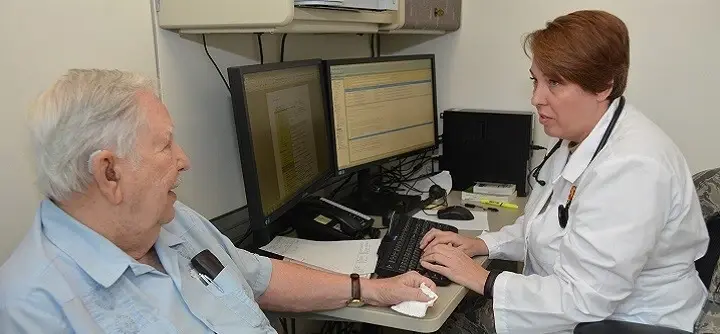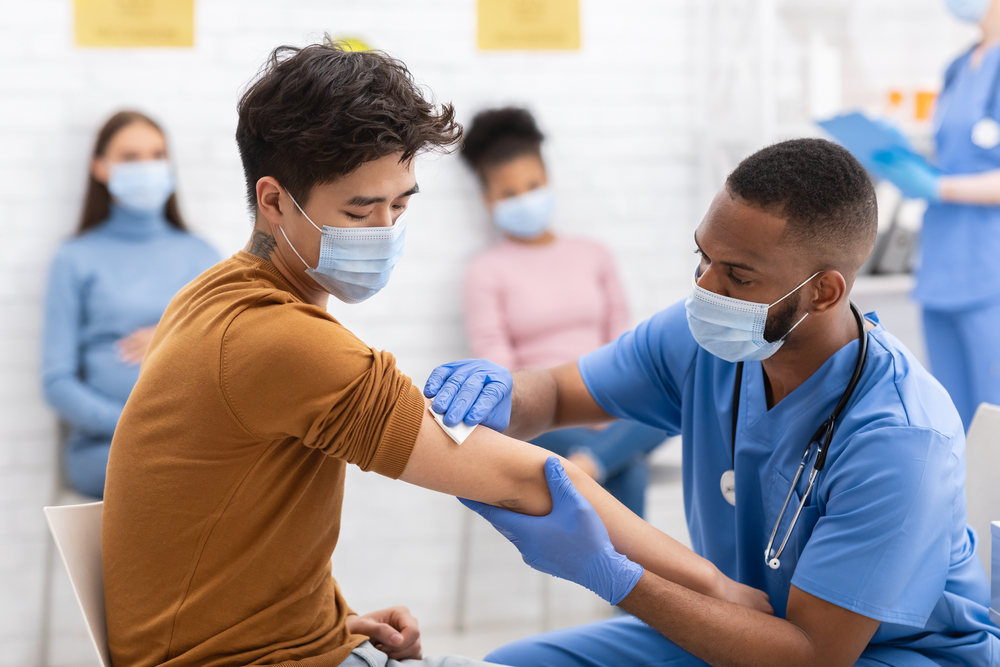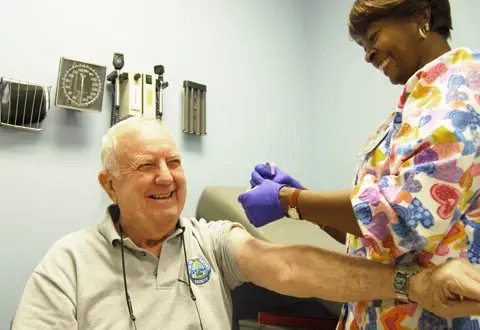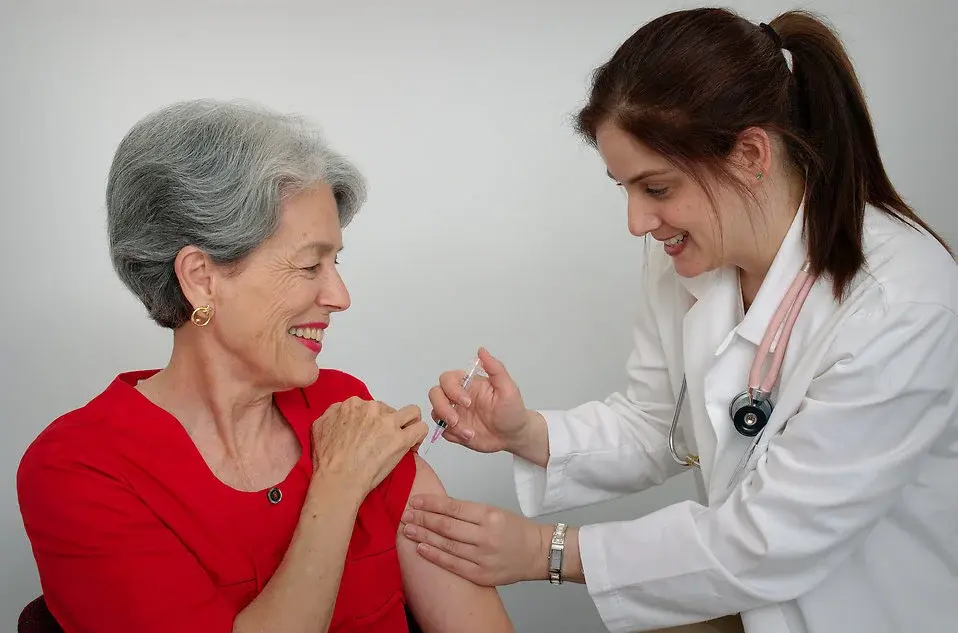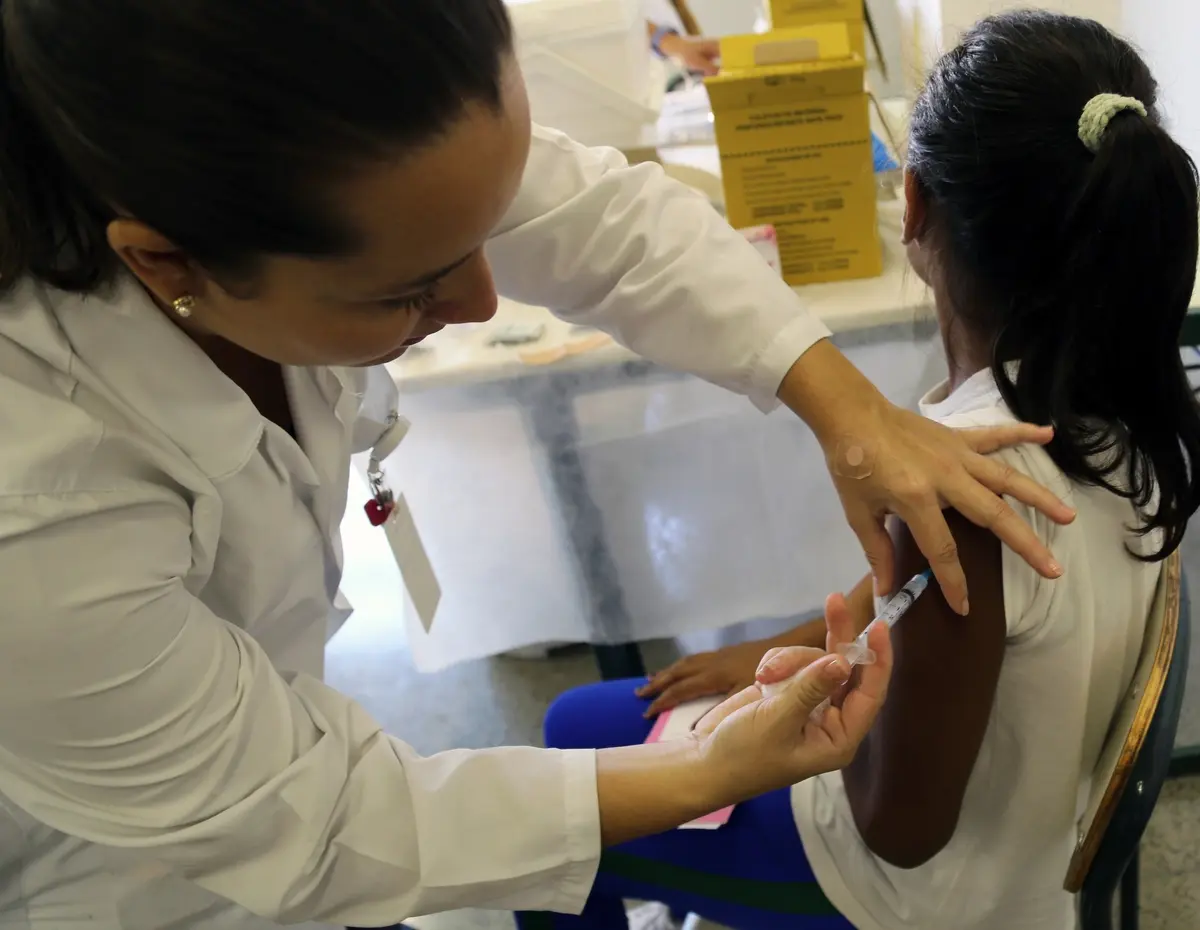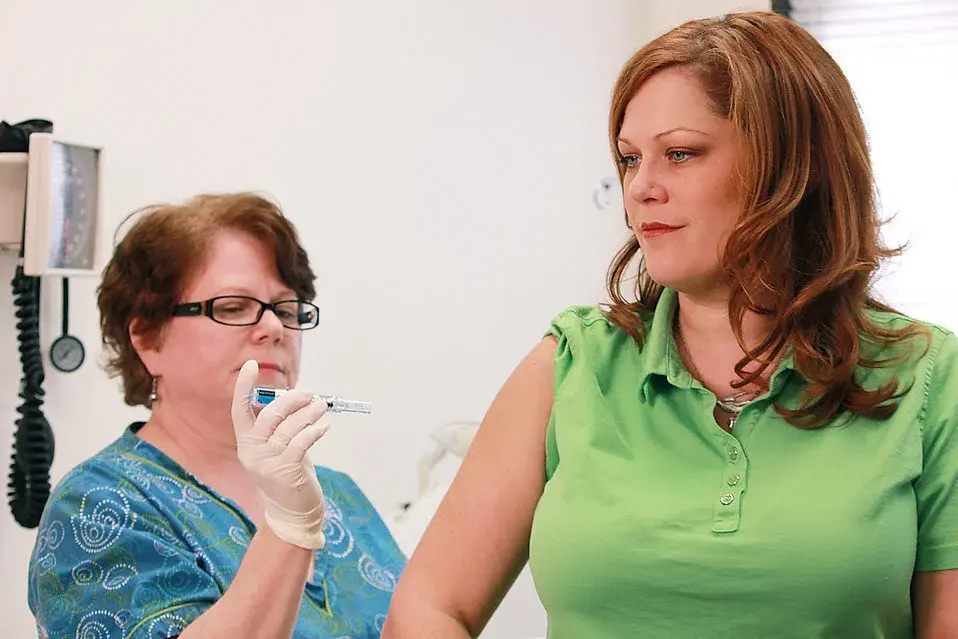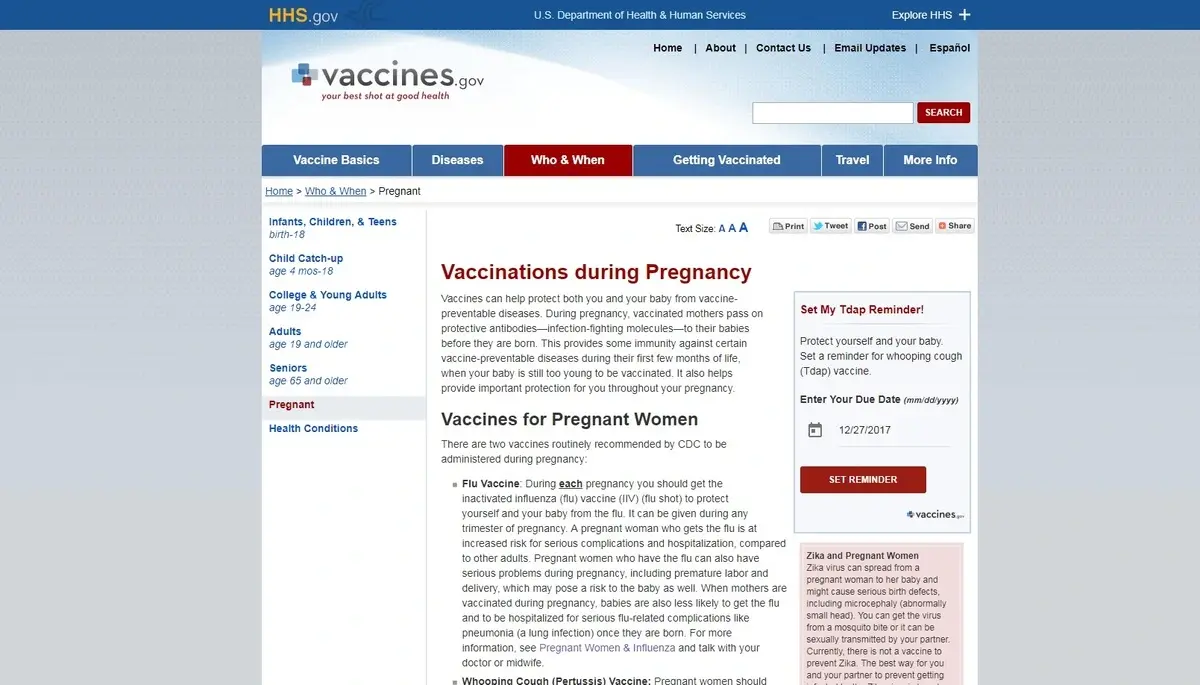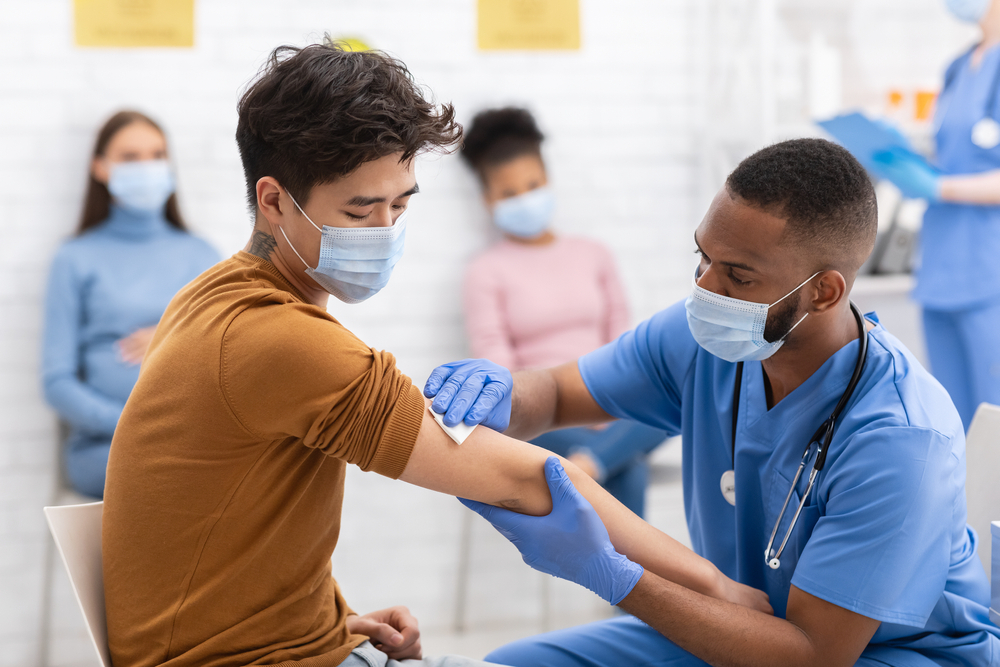Vaccination uptake
Background
Vaccines are one of the most important public health interventions, responsible for saving thousands of lives in the United States every year. Despite this, adult vaccination rates fall well below Healthy People 2020 targets, and the estimated economic burden of vaccine-preventable diseases among adults in the United States was about $9 billion in 2015 alone.
In partnership with the Office of Infectious Disease and HIV/AIDS Policy, OIDP (formerly the National Vaccine Program Office (NVPO), which identified low rates of adult vaccination as a national priority, OES engaged several federal agencies to build a portfolio of evidence to examine how low-cost program changes can improve vaccination rates. OES works directly with implementation entities (such as state Departments of Health and Veterans Affairs health facilities) to identify existing programs where evidence-based changes can be implemented and tested in rapid-cycle evaluations (embedded into existing operations) using random assignment.
Portfolio
Working with agency collaborators and delivery partners, OES has completed several randomized evaluations to evaluate the impact of low-cost evidence-based program changes in improving vaccination uptake.
OES evaluations in this domain have evaluated low-cost and behaviorally-informed interventions across a broad range of populations, including veterans, elderly adults, pregnant women, and schoolchildren. These evaluations included large sample sizes, in many cases over 55,000 recipients, and used administrative data to measure vaccination uptake.
The interventions ranged from emails, postcards, letters, or social media notifications for potential vaccine recipients, to a more formal report card of a school’s vaccination compliance rate for school administrators and a modified clinical reminder in an Electronic Health Record system. The behavioral and social science insights used in the interventions included reminders, planning prompts, social norms messaging, persuasive appeals, and message timing variations.
What have we learned?
Together, results of these evaluations suggest that behaviorally-informed direct communications can increase vaccination rates at scale but may have smaller, less reliable effects than the published literature suggests. Two of the individual evaluations yielded significant effects: Letter reminders to Medicare beneficiaries increased the probability of influenza vaccination in 2014, and postcard reminders to older Louisiana residents in October 2017 increased uptake of four recommended vaccinations. However, the increases in these evaluations ranged from 0.27 to 0.7 percentage points, smaller than effects observed in published papers with smaller samples.
Starting in 2018, OES evaluations evaluated communications directed to providers rather than patients or intermediaries, with interventions including a change to a hospital’s electronic health record (EHR) vaccination bundling and clinical reminders. Some of this work is ongoing.
Relevant resources
In early 2021, OES developed lessons learned from the OES portfolio to inform the COVID-19 vaccination effort.
- Intervention packs: Low-cost interventions to increase vaccination uptake (PDF)
- Publication: Lessons for Covid-19 Vaccination from Eight Federal Government Direct Communication Evaluations (PDF)
- Three page summary: Using behavioral science to increase COVID-19 vaccination uptake (PDF)
- What are the best ways to encourage COVID-19 vaccination? (Blog)

